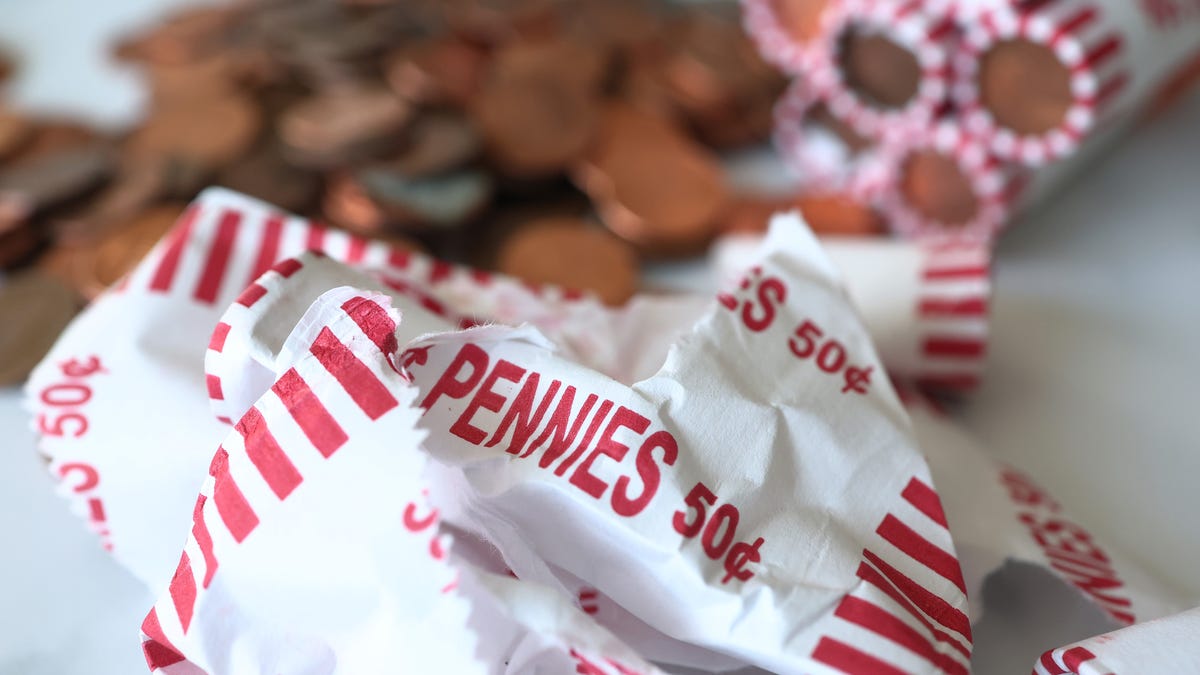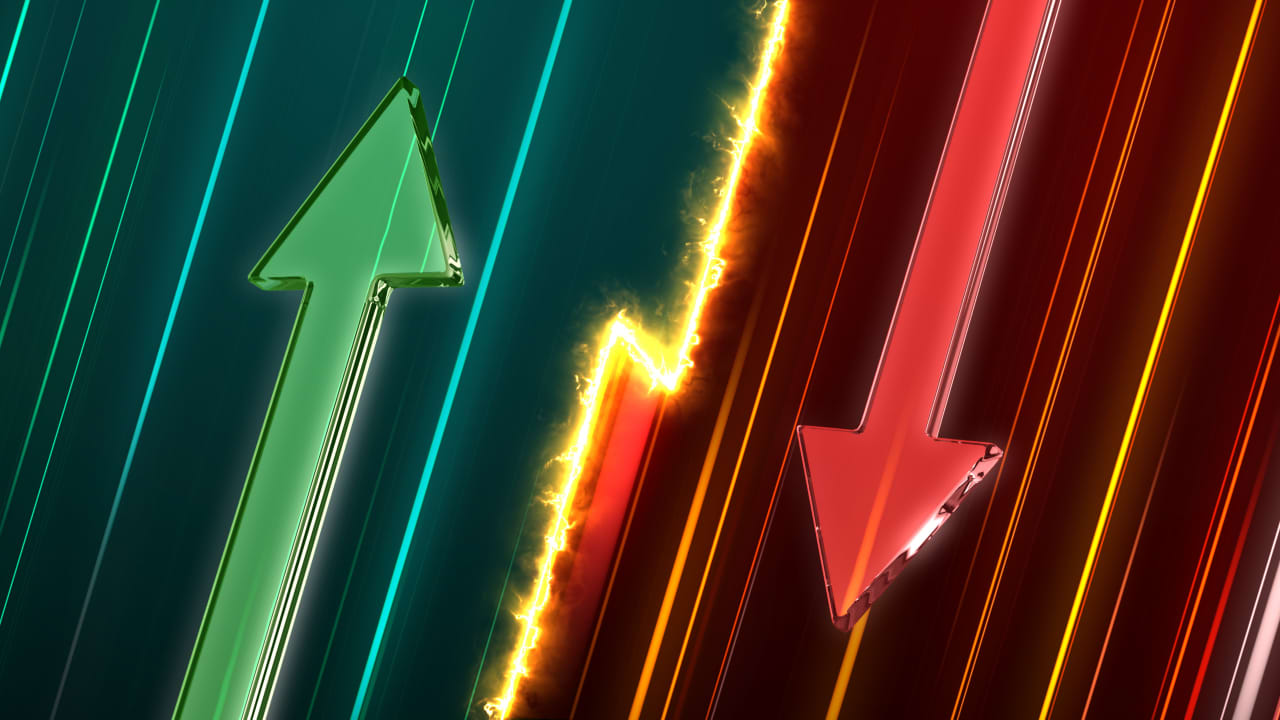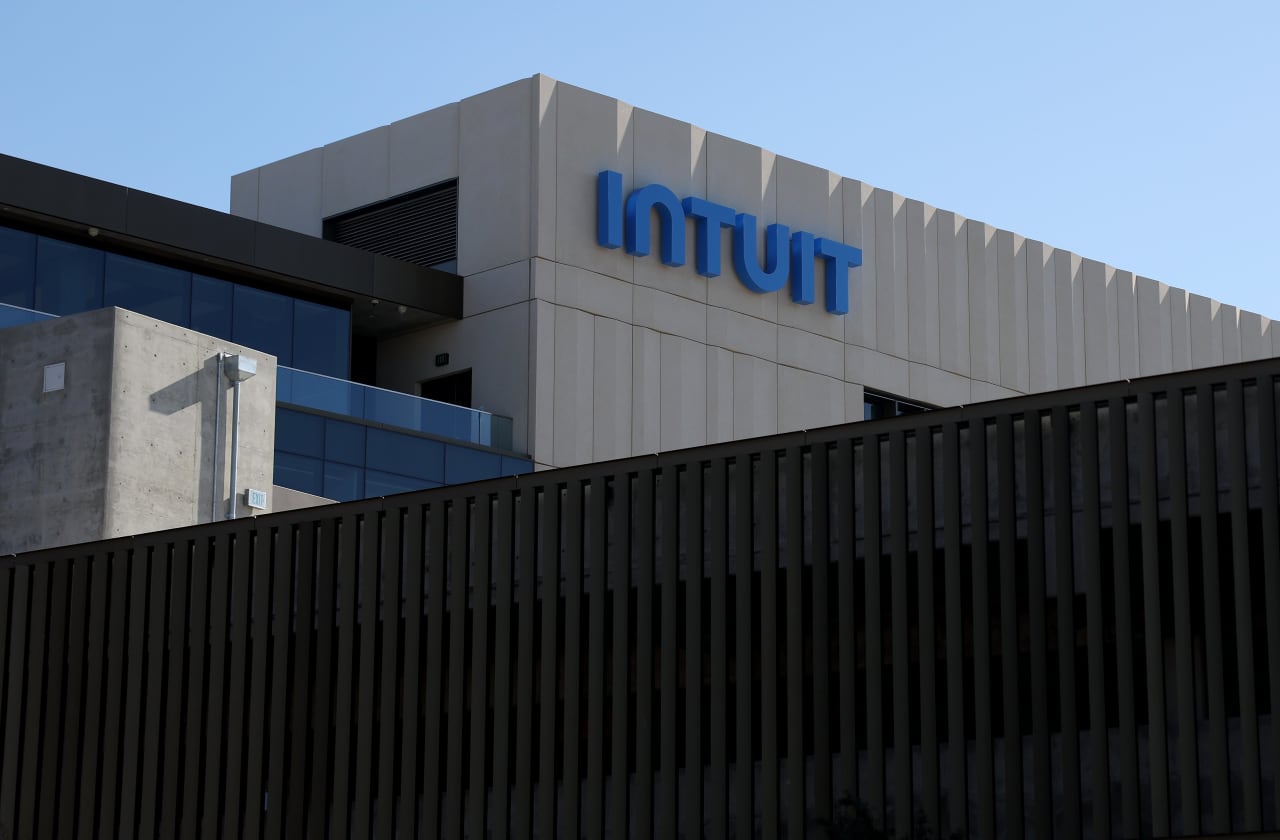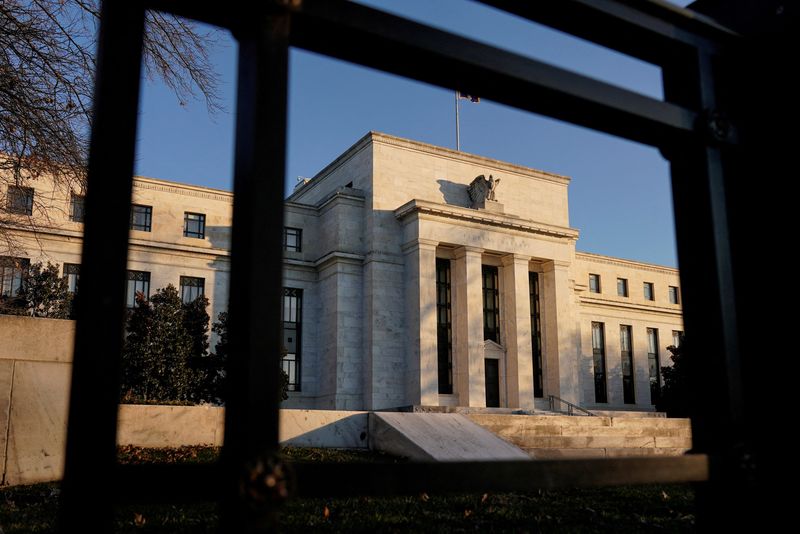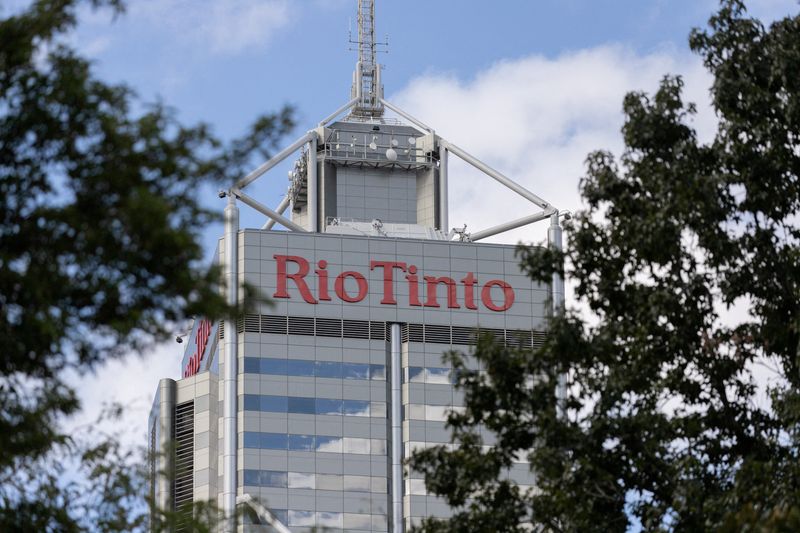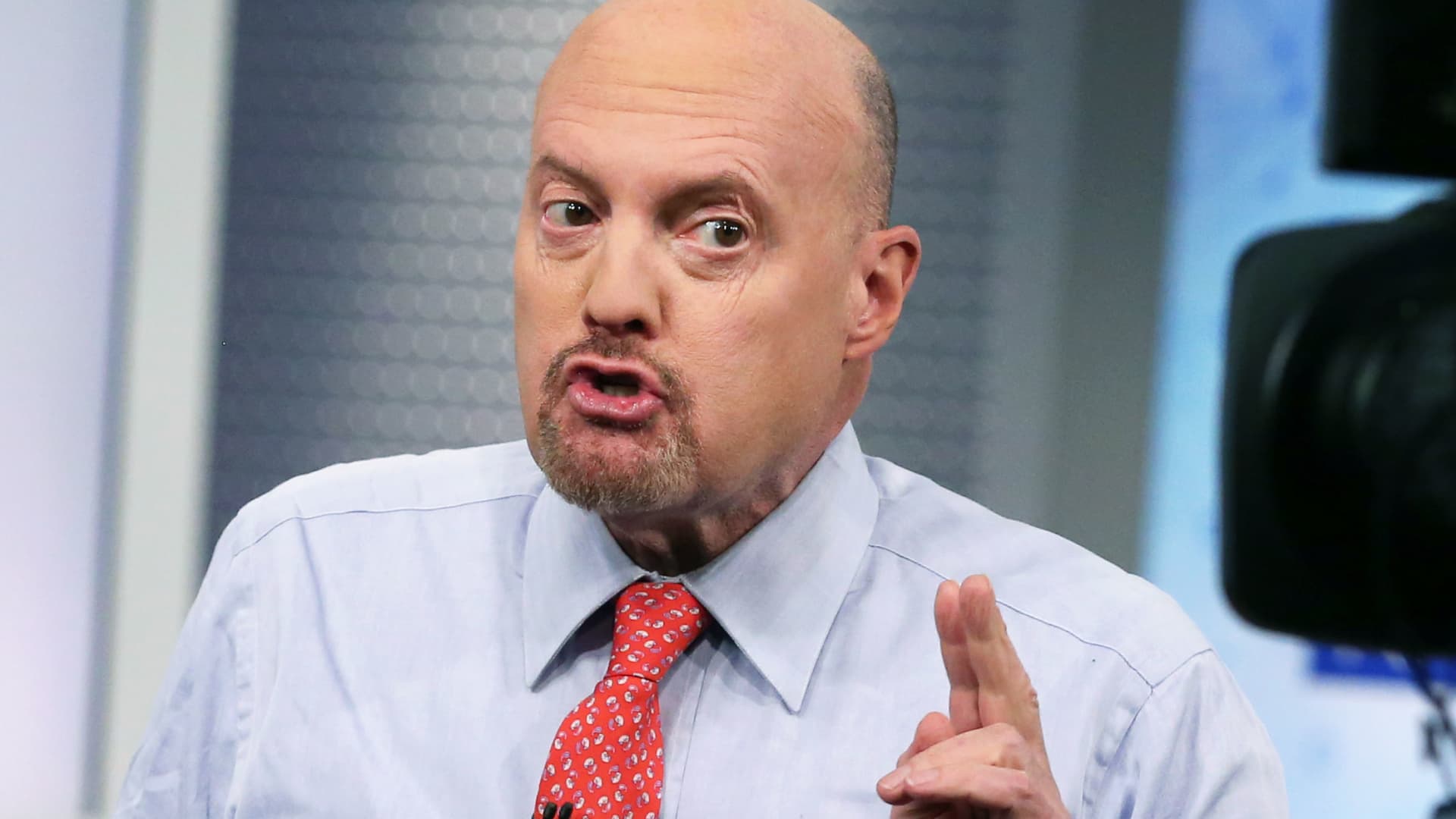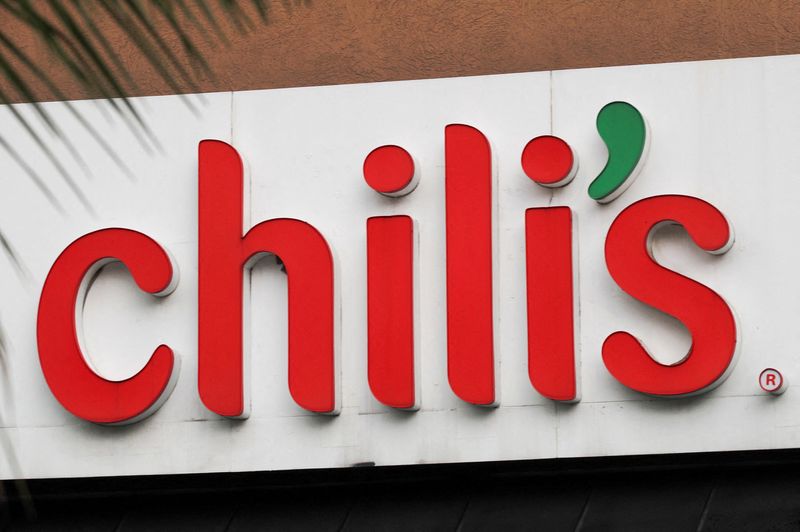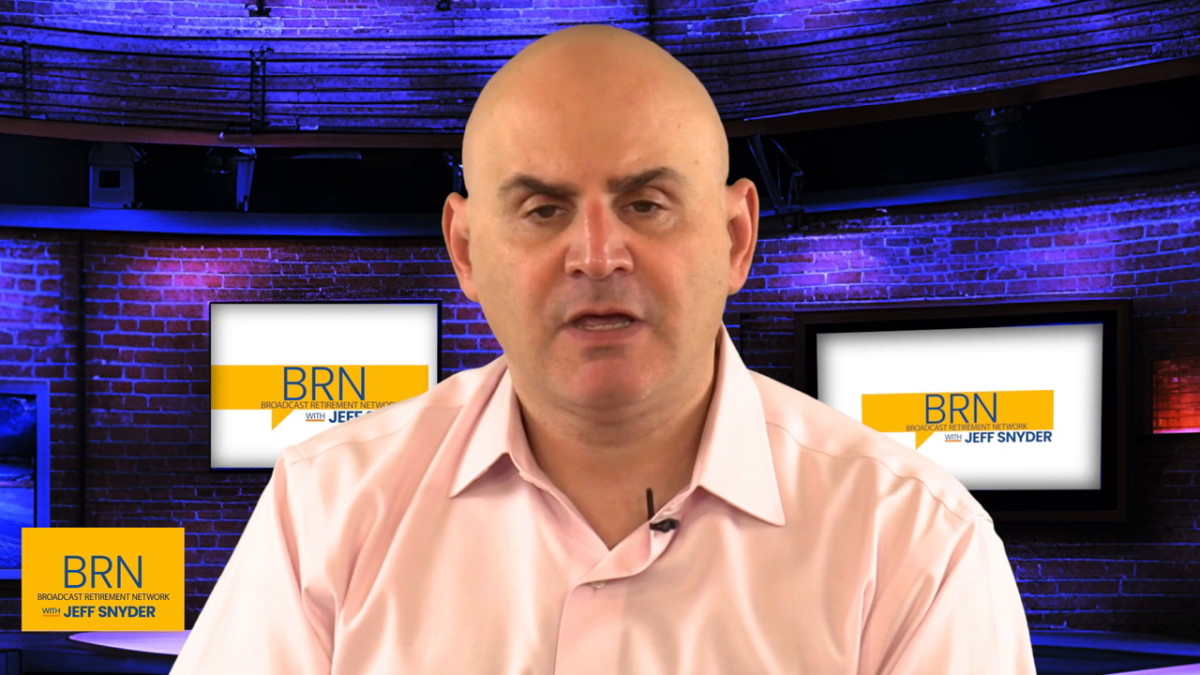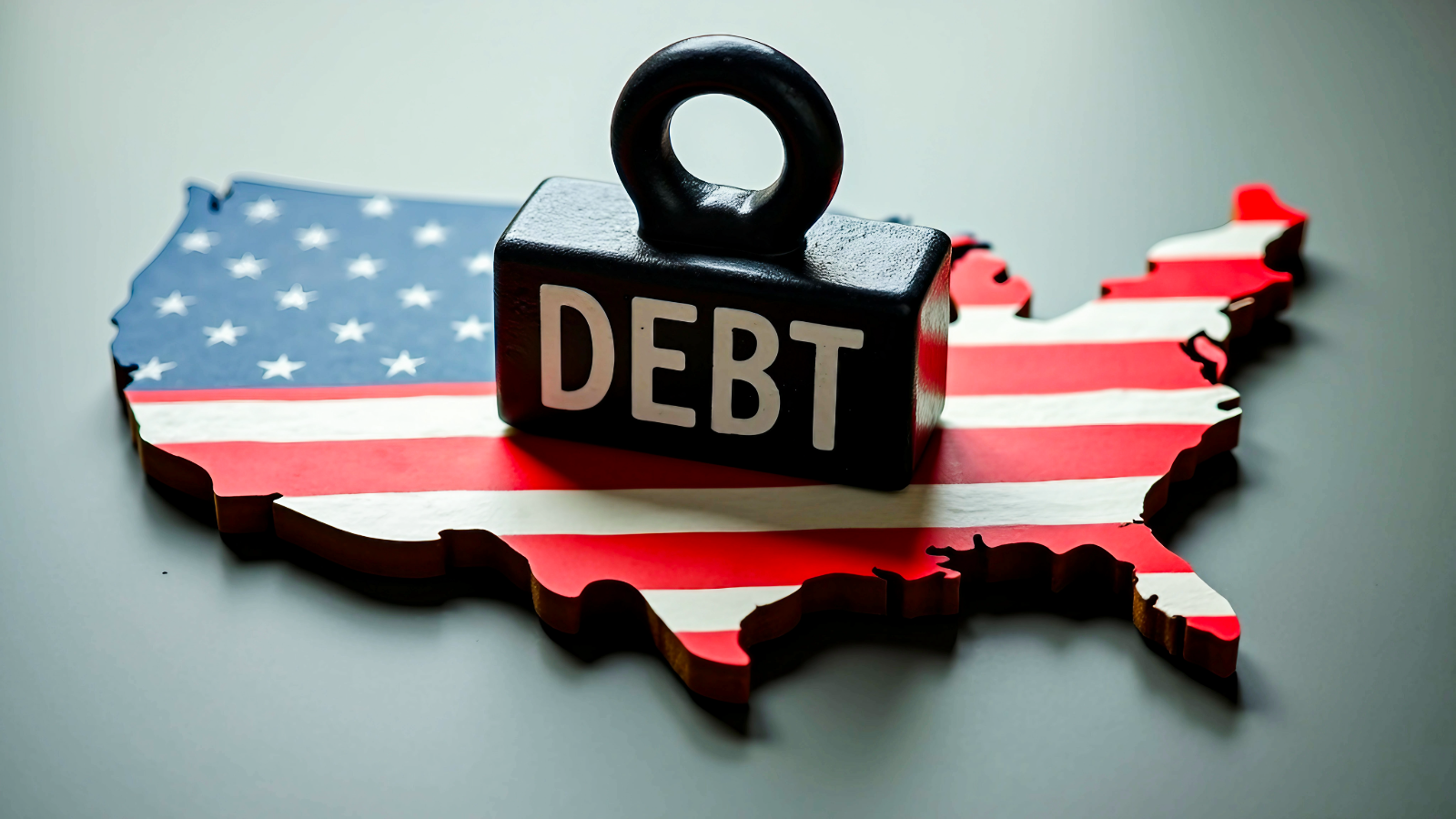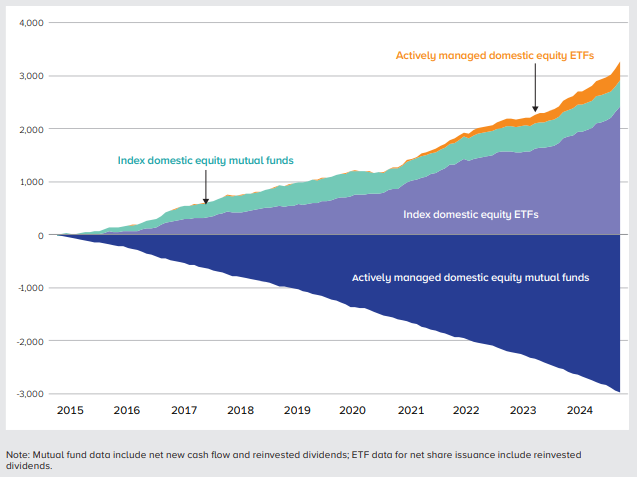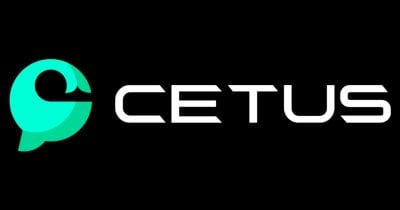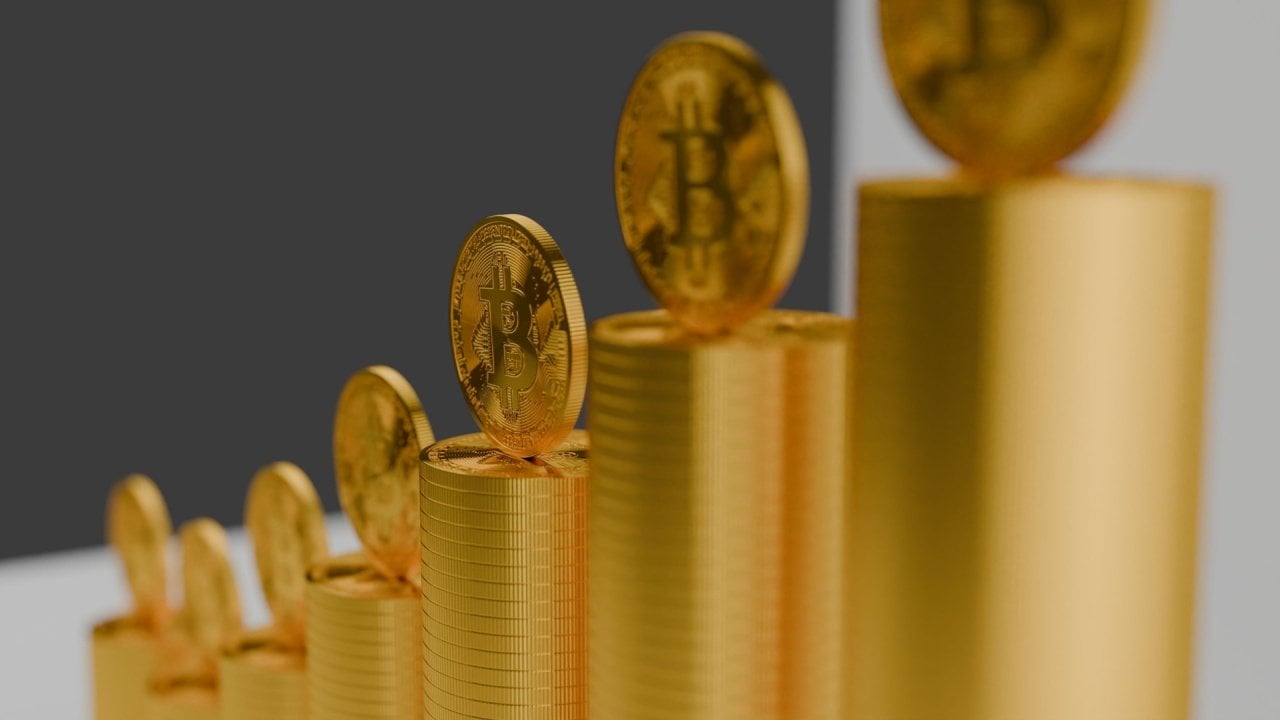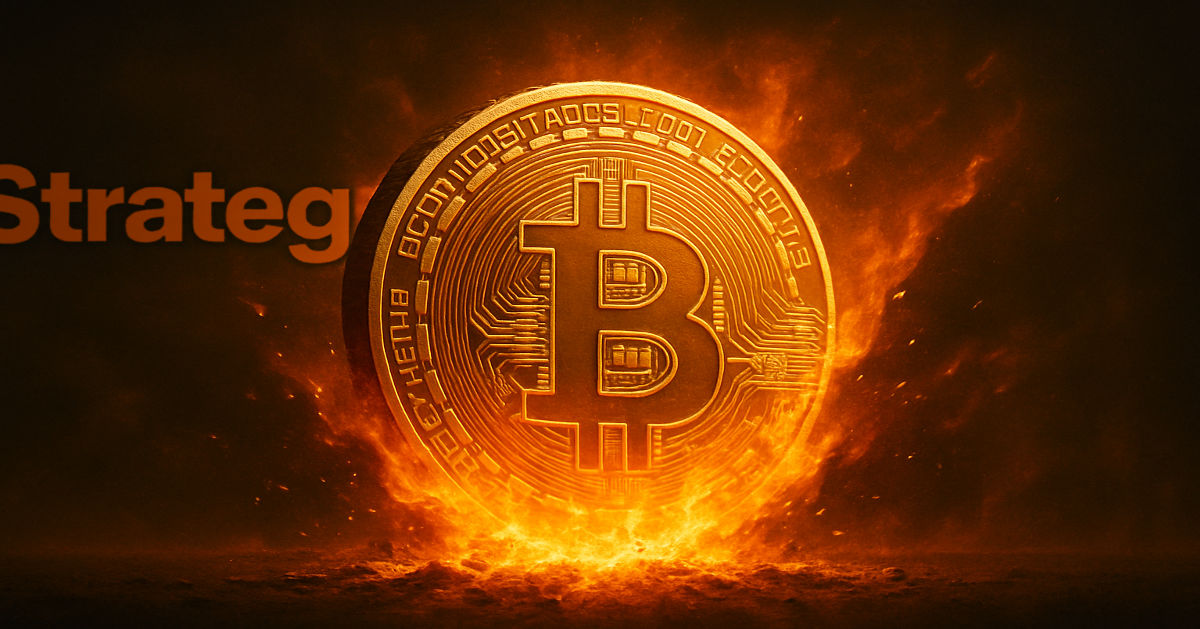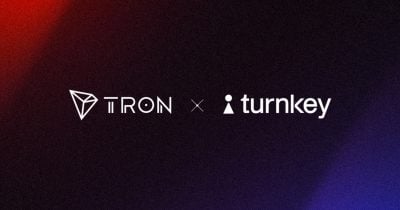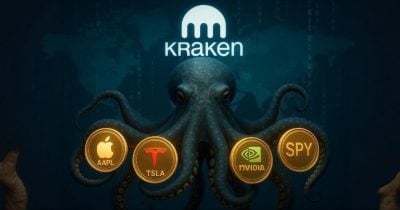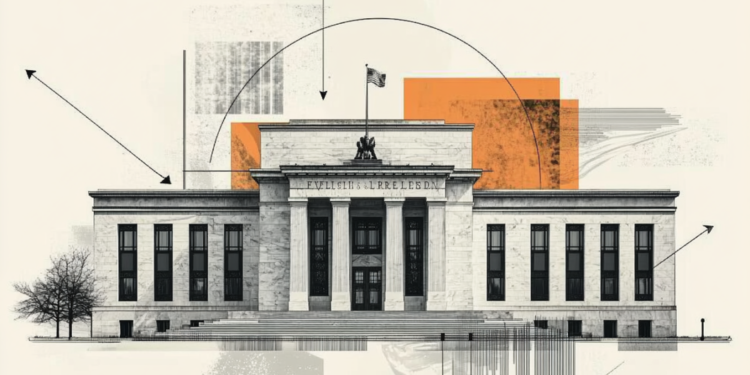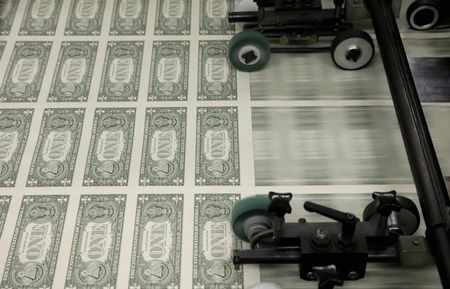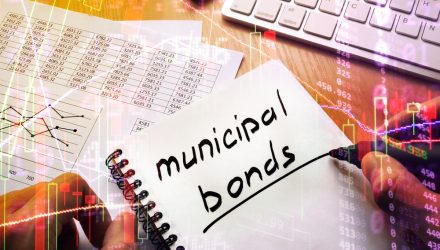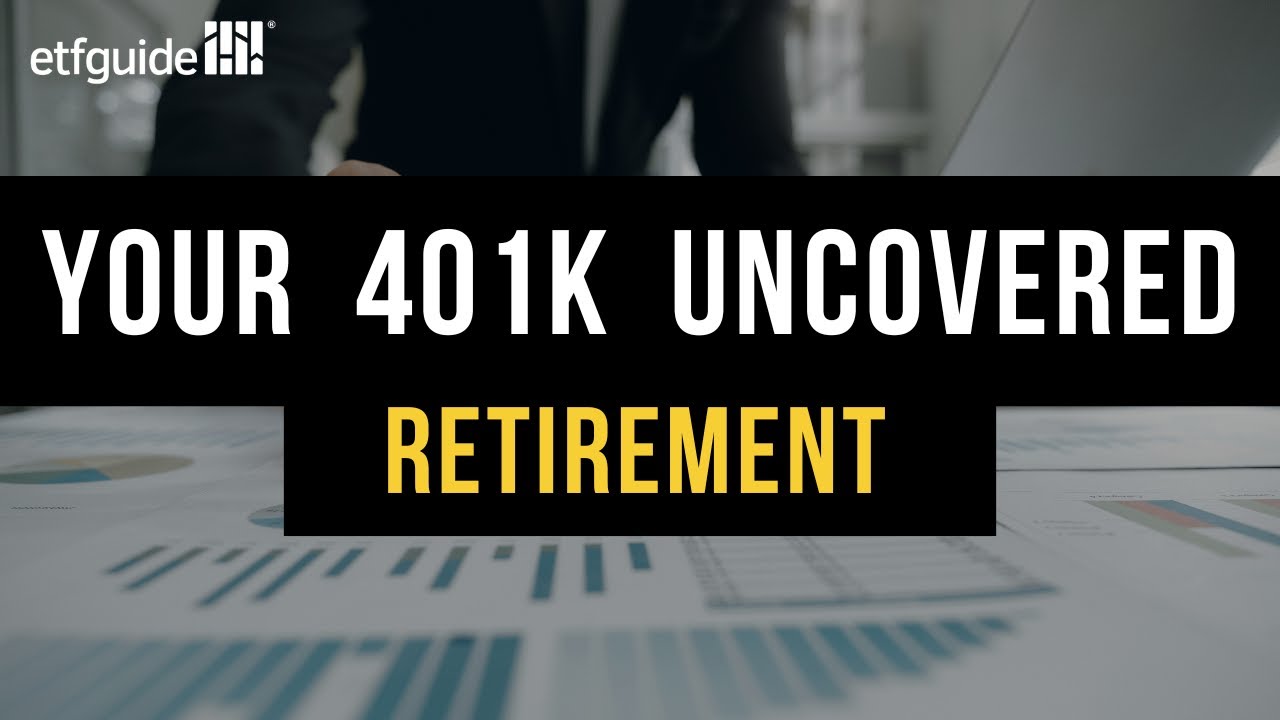3 Best Inverse ETFs to Profit in a Market Crash
The first quarter of this year reminded optimistic investors that stocks don’t only go up. Trade war tensions, recession worries, and other factors could spur a market crash in 2025. Instead of using fancy strategies like short-selling stocks or buying put options, there’s an easier way that doesn’t require a margin account. Bearish-leaning investors can […] The post 3 Best Inverse ETFs to Profit in a Market Crash appeared first on 24/7 Wall St..
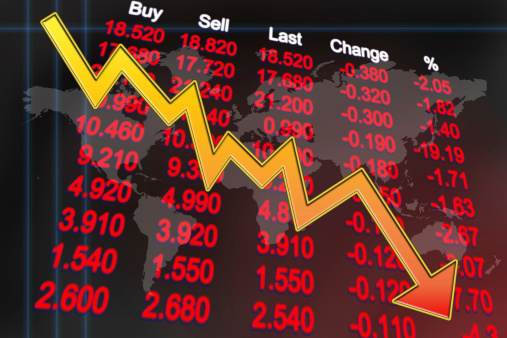
Key Points
-
The SH and PSQ ETFs provide simple inverse exposure to major U.S. market indexes.
-
For bearish-leaning risk takers, the SPXS ETF offers powerful leverage when the S&P 500 declines.
-
Are you ahead, or behind on retirement? SmartAsset’s free tool can match you with a financial advisor in minutes to help you answer that today. Each advisor has been carefully vetted, and must act in your best interests. Don’t waste another minute; get started by clicking here.(Sponsor)
The first quarter of this year reminded optimistic investors that stocks don’t only go up. Trade war tensions, recession worries, and other factors could spur a market crash in 2025.
Instead of using fancy strategies like short-selling stocks or buying put options, there’s an easier way that doesn’t require a margin account. Bearish-leaning investors can profit from a stock market crash of 20% or more by owning inverse exchange traded funds (ETFs).
These funds are specifically designed to gain value when a stock market index, such as the S&P 500 or the NASDAQ 100, goes down. There are risks involved, to be sure, but the following three inverse ETFs could set you up for powerful returns if the market craters.
ProShares Short S&P 500 (SH)
The S&P 500 is a commonly cited stock index that represents a broad selection of large-cap U.S.-focused companies. Therefore, a simple way to profit from a stock market crash would be to hold an inverse ETF that gains value when the S&P 500 collapses.
ProShares offers an ETF that serves this exact purpose. It’s a fund called the ProShares Short S&P 500 ETF (NYSEARCA:SH), and it seeks to move inversely to the daily performance of the S&P 500.
What’s good about moving inversely to the S&P 500 is that it’s usually a slower-moving index than the NASDAQ 100. Therefore, the ProShares Short S&P 500 ETF should carry less risk than some other inverse ETFs.
Remember, the S&P 500 comprises a broad range of stocks from multiple market sectors. Some S&P 500 component stocks include Apple (NASDAQ:AAPL), Chevron (NYSE:CVX), Costco Wholesale (NASDAQ:COST), Abbvie (NYSE:ABBV), Verizon Communications (NYSE:VZ), and Philip Morris International (NYSE:PM). Thus, you’re actually achieving what I call “inverse diversification” with the SH ETF.
Even with the somewhat de-risking effect of “inverse diversification,” the ProShares Short S&P 500 ETF could gain value quickly if there’s a stock market crash. Be aware, though, that the SH ETF won’t necessarily move up at the exact same pace that the S&P 500 goes down.
That’s because the ProShares Short S&P 500 ETF inversely tracks the S&P 500 throughout the day but then resets and rebalances the next day. As ProShares explains, “For any holding period other than a day, your return may be higher or lower than the Daily Target [i.e., the S&P 500]. These differences may be significant.”
To put it another way, you’ll get faithful inverse S&P 500 tracking for a day with the SH ETF. However, the longer you hold the fund, the more the results can vary from what you might expect. Consequently, while the ProShares Short S&P 500 ETF would probably make you money during a market crash, it’s not meant to be held for too long.
ProShares Short QQQ (PSQ)
If you’re willing to accept more risk, consider that the NASDAQ 100 mostly covers only one market sector (technology) and only includes around 100 stocks (as opposed to around 500 stocks in the more diversified S&P 500). So, an ETF that inversely tracks the NASDAQ 100 is somewhat riskier but could yield greater rewards in the event of a market crash.
To that end, you might consider the ProShares Short QQQ ETF (NYSEARCA:PSQ). This fund inversely corresponds to the daily performance of the NASDAQ 100 index.
Bear in mind that the NASDAQ 100 is mainly focused on technology sector stocks, such as Apple, Microsoft (NASDAQ:MSFT), Broadcom (NASDAQ:AVGO), and NVIDIA (NASDAQ:NVDA). You won’t get as much “inverse diversification” with the ProShares Short QQQ ETF as you would get with the ProShares Short S&P 500 ETF, but you could potentially achieve greater returns during a market crash with the PSQ ETF.
Much like with the ProShares Short S&P 500 ETF, the ProShares Short QQQ ETF is subject to unexpected results if you hold the fund for longer than a day. Hence, I’ll send out a similar warning: even if the stock market is collapsing, don’t hold the PSQ ETF for too long because the risks will probably increase over time.
Direxion Daily S&P 500 Bear 3X Shares ETF (SPXS)
My third entry for the best inverse ETFs to profit in a market crash is the Direxion Daily S&P 500 Bear 3X Shares ETF (NYSEARCA:SPXS). This, like the SH ETF, may be somewhat de-risked because it inversely tracks the S&P 500 and has “inverse diversification.” However, the SPXS ETF is still the riskiest fund on this list.
What makes the Direxion Daily S&P 500 Bear 3X Shares ETF so high-risk and potentially high-reward is that the fund is inverse and triple-leveraged. This means that the SPXS ETF, on a daily basis, moves three times as fast as the S&P 500, but in the opposite direction.
In theory, you might assume that the Direxion Daily S&P 500 Bear 3X Shares ETF would go up 60% if the S&P 500 goes down 20%. Again, however, there’s no assurance of faithful index tracking beyond one day.
Hence, you could get highly unexpected results if you hold the Direxion Daily S&P 500 Bear 3X Shares ETF for a long time. That’s why it’s probably too risky to hold the SPXS ETF for more than a couple of weeks, even during a stock market crash.
Besides, if the stock market suddenly rallies, the Direxion Daily S&P 500 Bear 3X Shares ETF could make a triple-magnified move to the downside. The point is that the SPXS ETF is for nimble, sniper-like traders who can get into and out of a position quickly. If you prefer to take on less risk, consider the non-leveraged ProShares Short S&P 500 ETF or ProShares Short QQQ ETF.
The post 3 Best Inverse ETFs to Profit in a Market Crash appeared first on 24/7 Wall St..
